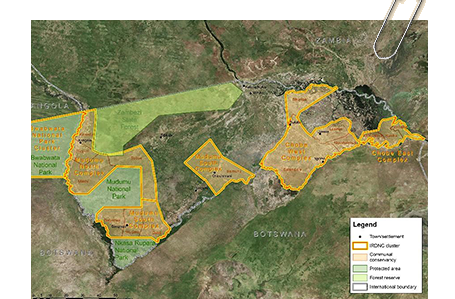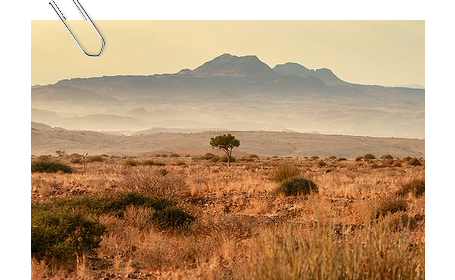IRDNC adapts its organisational structure to improve service delivery
IRDNC prides itself in being at the grassroot level with communities in rural areas, empowering communities to form legal community-based organisations and being their support in conservation and rural development for the past 35 years. Over the years, IRDNC has grown to supporting 30 communal conservancies and community forests in Kunene Region and 16 in Zambezi Region, including one community association of marginalised community residing inside a national park.
IRDNC renders full-circle support to conservancies from the formation and registration with competent authorities to management and governance once established. Three decade of service has led to specialised services being developed for conservancy institutional support, natural resources management, enterprise development, indigenous natural products and transboundary natural resources management. In the past, the subject specialists would travel across all 46 conservancies in the two regions for consultations. However, as the number and size of the community-based organisations which IRDNC supports grew, it became increasingly challenging to reach individual conservancies with ample service and support. As a result, IRDNC adopted a cluster support system in July 2017, grouping geographically adjacent conservancies into support units to address this challenge.
The Kunene team divided 30 conservancies into six clusters, while the Zambezi Region formed five clusters from 16 conservancies. Each cluster now has a Cluster Coordinator and a Support Facilitator based in the cluster, working directly with neighbouring conservancies and strengthening ties with traditional authorities, farmers and local villages. The move has been welcomed by IRDNC staff and conservancies. Cluster Coordinators are dedicated to giving on-the-job support and mentoring to their cluster, rather than attempting to service whole regions. This allows synchronization between planned activities to ultimately improve efficiency and cost efficacy.
A formal impact analysis of the cluster concept will be completed towards the end of the year which will include the conservancies’ and partners’ view. Meanwhile, all cluster coordinators gave an interim review of the restructuring exercise, asserting that clustering improved relations and trust with communities as coordinators are better organised to fully address community needs, allowed mainstreaming cross-funding for unfunded activities and improved cross-thematic collaboration which strengthened teamwork within IRDNC. Coordinators in both regions reported an increased sense of ownership and accountability with the new structure, and that they have improved their capacity and skills through diversified services to conservancies in all subject areas, while the geographic and team focus improved their understanding of individual conservancies and communities. Cluster facilitators voiced their appreciation for on-the-job mentorship and training from coordinators, now with opportunities for succession which were not clearly visible in the previously flat organisational structure. Although there are a few initial reservations such as fear of change, of inadequate professional growth for specialists and personal interests conflicting with organisational vision, it is believed that the long-term benefits of clustering will outweigh these challenges.

- IRDNC Zambezi support clusters

- Distant Kunene landscapes



